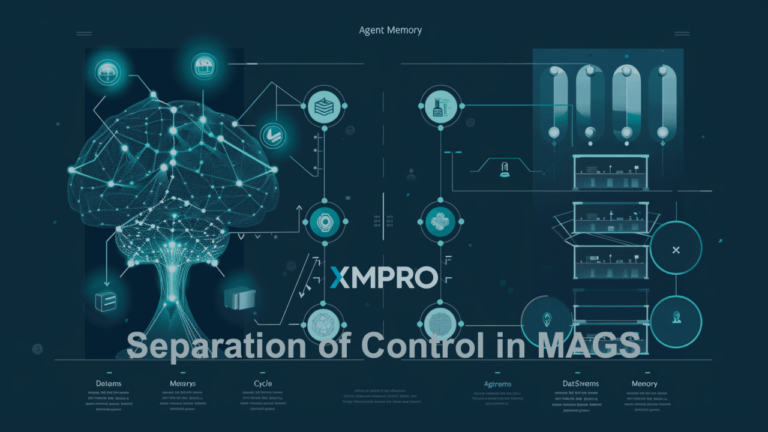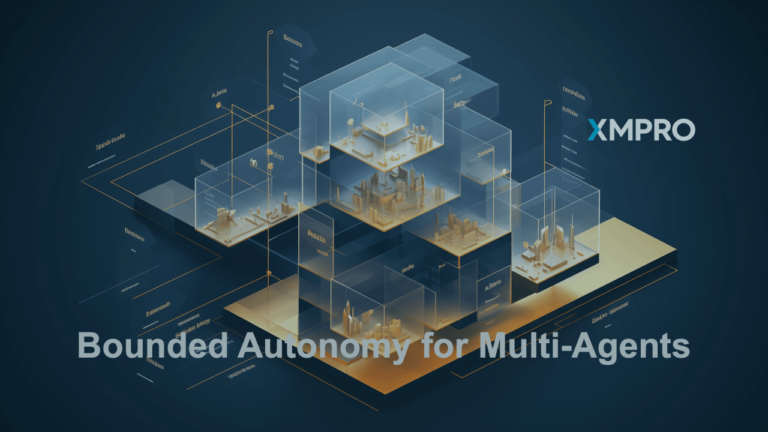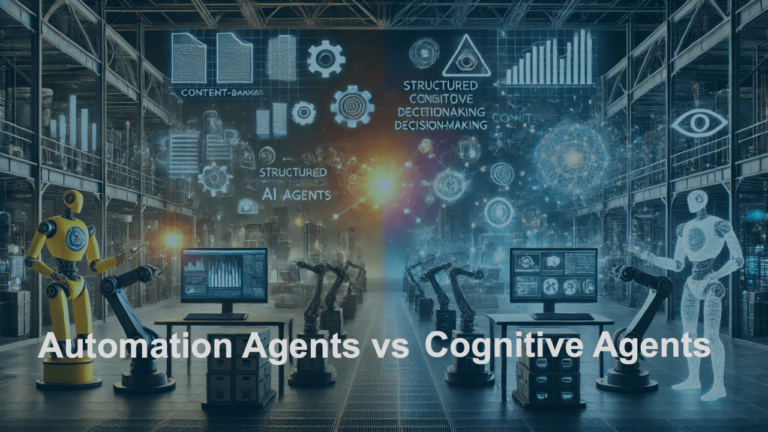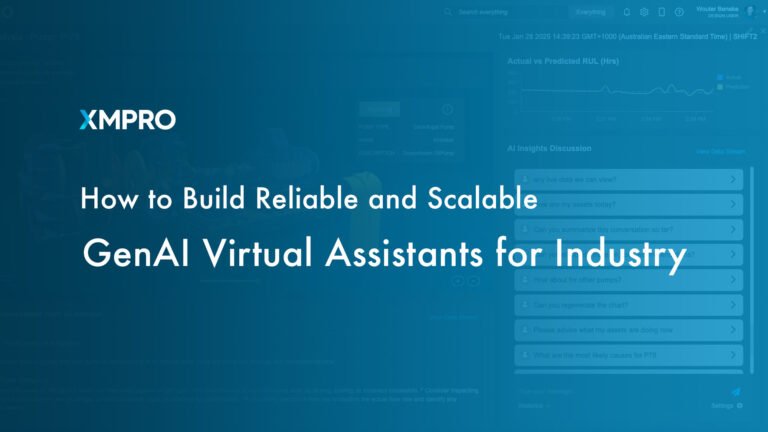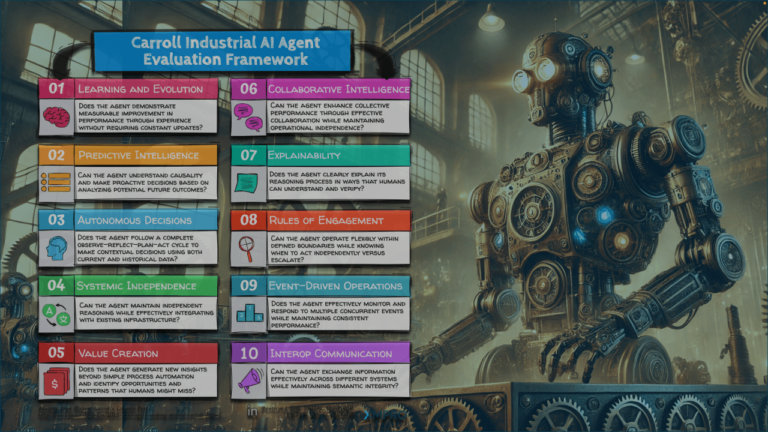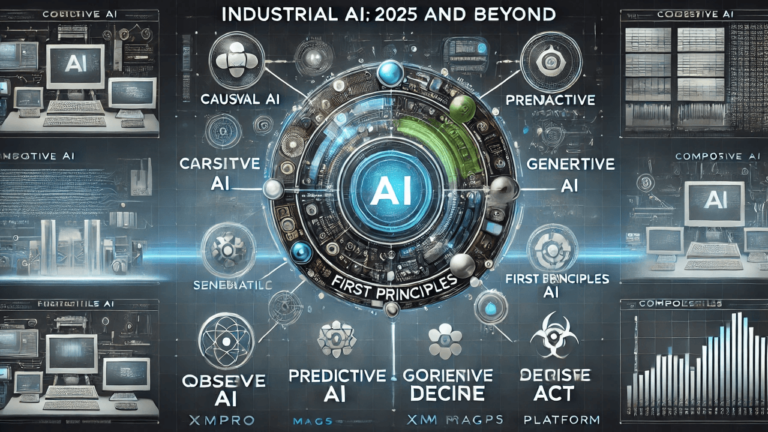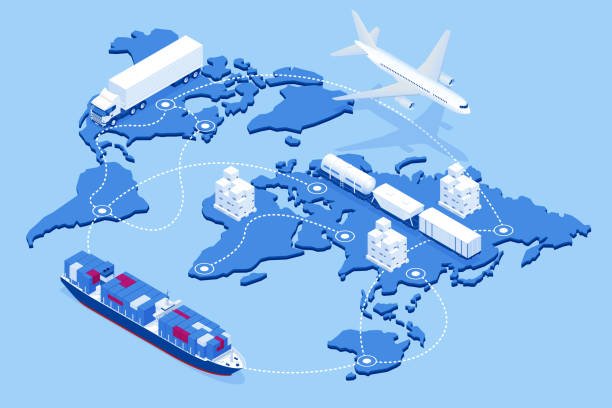
Introduction
Digital twins are quickly becoming the buzzword in supply chain management, but why all the hype? Simply put, a digital twin is a virtual representation of a physical asset, process, or system. It is created using data and information from the physical world, and it can be used to simulate and analyze the performance of the physical asset, process, or system.
Imagine being able to detect and address potential issues with your equipment before they occur, or optimize the routing of your goods for maximum efficiency and cost savings. This is where digital twins come in. By creating a virtual replica of your physical assets, processes, and systems, you can gain a deeper understanding of how they function and perform, allowing you to make informed decisions that can improve your supply chain.
In this blog post, we’ll dive deeper into the various ways that digital twins can improve supply chain efficiency and reduce costs. We will cover transportation route optimization, supply chain network design, and production planning.
Transportation Routing Optimization
Transportation route optimization is a subcomponent of supply chain network design, which specifically focuses on determining the most efficient routes for moving goods from one location to another. This includes decisions about how to transport goods (e.g., by truck, train, ship, or airplane), which carrier or carrier to use, and how to consolidate shipments to reduce costs.
By creating a virtual model of a transportation network, digital twin technology allows companies to simulate and analyze different transportation routes. This can be done by analyzing data such as traffic patterns, weather conditions, and vehicle capacity.
As an example, a large international logistics company has been using digital twin technology to analyze traffic patterns and weather conditions to predict which transportation routes would be the most effective.
Another example is a manufacturer of freight and passenger locomotives, using digital twin technology to optimize the scheduling of its trains, resulting in reducing fuel consumption and maintenance costs.
By reducing transportation costs, companies can increase profitability and provide more competitive pricing to their customers. Additionally, improved delivery times can lead to increased customer satisfaction and improved relationships with suppliers. Optimized transportation routing can also lead to improved utilization of resources, such as vehicles and warehouse space.
In our next section we will discuss how digital twins can impact supply chain networking design to further improve efficiency.
Supply Chain Networking Design
Supply chain network design is the process of determining the most efficient and cost-effective way to organize and operate a company’s supply chain. This includes decisions about the location and capacity of production facilities, distribution centers, and warehouses, as well as the selection of suppliers and transportation routes. The goal of supply chain network design is to optimize the flow of materials and information throughout the supply chain in order to meet customer demand while minimizing costs and risks.
Digital twin technology can be used to create a virtual model of a supply chain network, allowing companies to simulate and analyze different network designs.
By analyzing data such as demand patterns, production capacity, and inventory levels, digital twin technology can help companies identify the most efficient and cost-effective network design. Using digital twin technology, companies can optimize their warehouse locations, transportation routes, and inventory management to reduce costs and improve efficiency.
Furthermore, companies can leverage AI in their digital twins to supercharge their chain network design in several ways:
-
Predictive modeling: AI can be used to create predictive models that forecast customer demand, inventory levels, and production schedules. These models can be integrated into the digital twin to help companies anticipate and plan for changes in the supply chain.
-
Optimization algorithms: AI-powered optimization algorithms can be used to identify the most efficient and cost-effective solutions for organizing and operating a company’s supply chain. These algorithms can be integrated into the digital twin to help companies make better decisions about the location and capacity of production facilities, distribution centers, and warehouses, as well as the selection of suppliers and transportation routes.
-
Anomaly detection: AI can be used to monitor the performance of the supply chain in real-time and detect anomalies or issues that might impact the overall performance of the supply chain.
-
Machine learning: Machine learning algorithms can be used to learn from historical data and identify patterns that can be used to improve the supply chain.
-
Natural language processing: AI-powered natural language processing (NLP) can be used to process unstructured data such as customer feedback, social media posts, and news articles to gain insights about customer preferences and trends.
As we have seen, digital twin technology can be used to optimize transportation routing and supply chain network design, the next step is to see how it can be used to optimize production planning in order to further improve efficiency.
Production Planning
Optimizing production planning is crucial for companies to reduce costs and improve efficiency.
Digital twin technology can be used to create a virtual model of the production process, allowing companies to simulate and analyze different production scenarios. By analyzing data such as demand patterns, production capacity, and inventory levels, digital twin technology can help companies identify the most efficient and cost-effective production plan.
Just some applications include production scheduling, inventory management, and equipment utilization to reduce costs and improve efficiency.
In addition, companies can also leverage AI in digital twins to achieve the following outcomes in production planning:
-
Predictive modeling: AI can be used to create predictive models that forecast customer demand, inventory levels, and production schedules. These models can be integrated into the digital twin to help companies anticipate and plan for changes in the production schedule.
-
Optimization algorithms: AI-powered optimization algorithms can be used to identify the most efficient and cost-effective solutions for production planning. These algorithms can be integrated into the digital twin to help companies make better decisions about the production schedule, resources allocation, and inventory management.
-
Machine learning: Machine learning algorithms can be used to learn from historical data and identify patterns in production schedules, such as seasonality, trends, or fluctuations in customer demand. These insights can be used to optimize the production schedule and improve the accuracy of demand forecasting.
-
Anomaly detection: AI can be used to monitor the performance of the production process in real-time and detect anomalies or issues that might impact the overall performance of the production.
-
Predictive maintenance: AI can be used to predict when machines or equipment are likely to fail, allowing companies to schedule maintenance before breakdowns occur, thus reducing downtime and increasing efficiency.
Conclusion
In this blog post, we have explored how digital twin technology can revolutionize supply chain management by optimizing transportation routing, supply chain network design, and production planning.
Through the use of digital twin technology, companies can reduce costs and improve efficiency, leading to increased profitability and improved customer satisfaction.
As the use of digital twin technology in supply chain management is still in its early stages, the future of this technology is very promising. With advancements in technology, we can expect to see digital twin technology becoming more sophisticated and widely adopted by companies in the industry.
However, the implementation of digital twin technology can be a daunting task for many companies. It’s important to have the right tools and software to effectively implement digital twin technology in your supply chain operations.
One option that can help companies in this task is XMPro. XMPro is a powerful No-Code Digital Twin Composition Platform that allows companies to easily compose their own Digital Twins.











